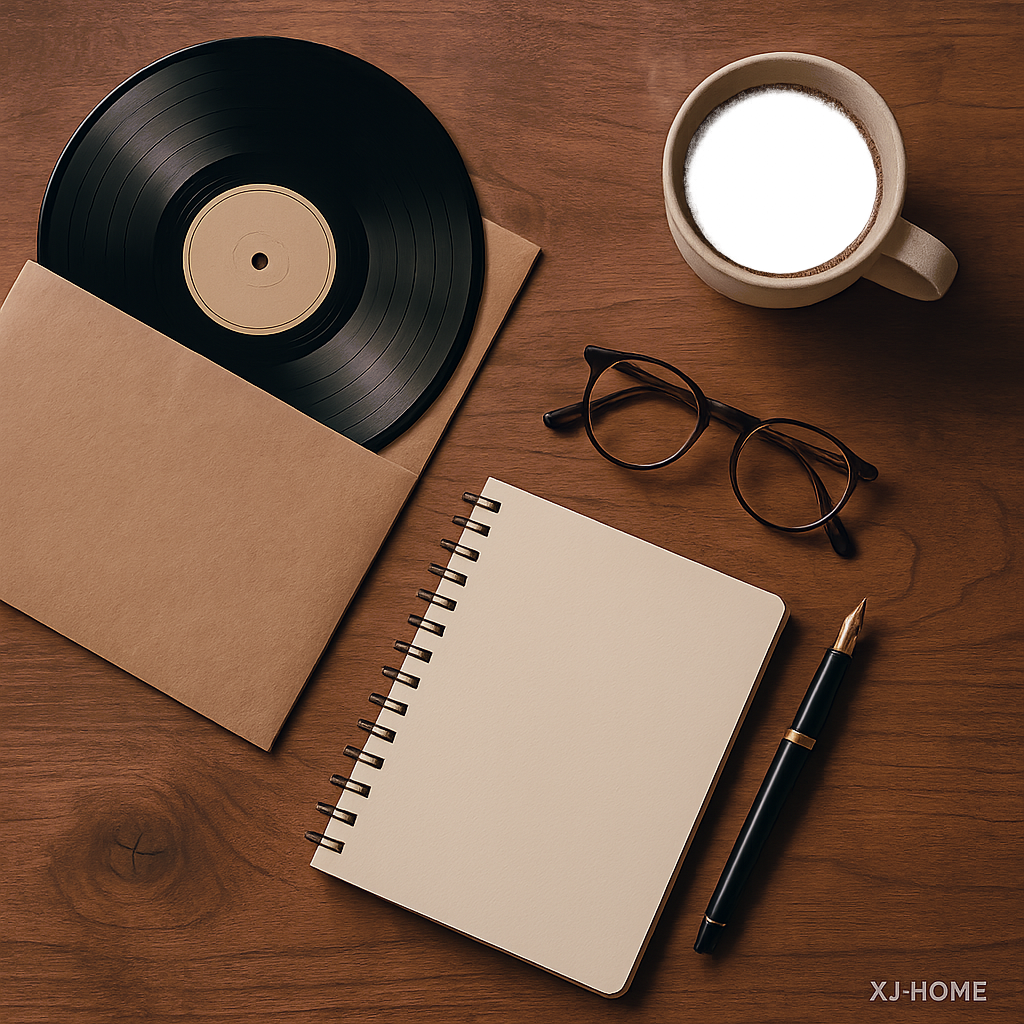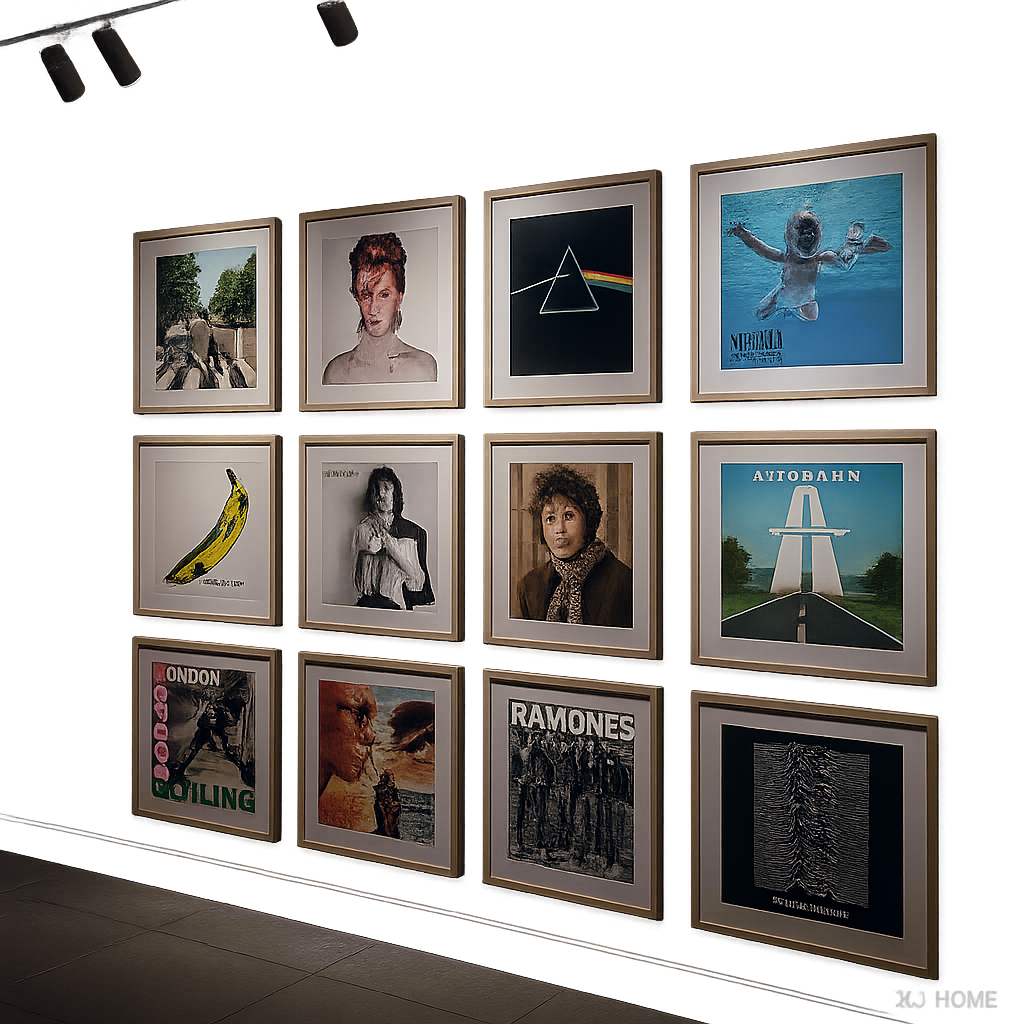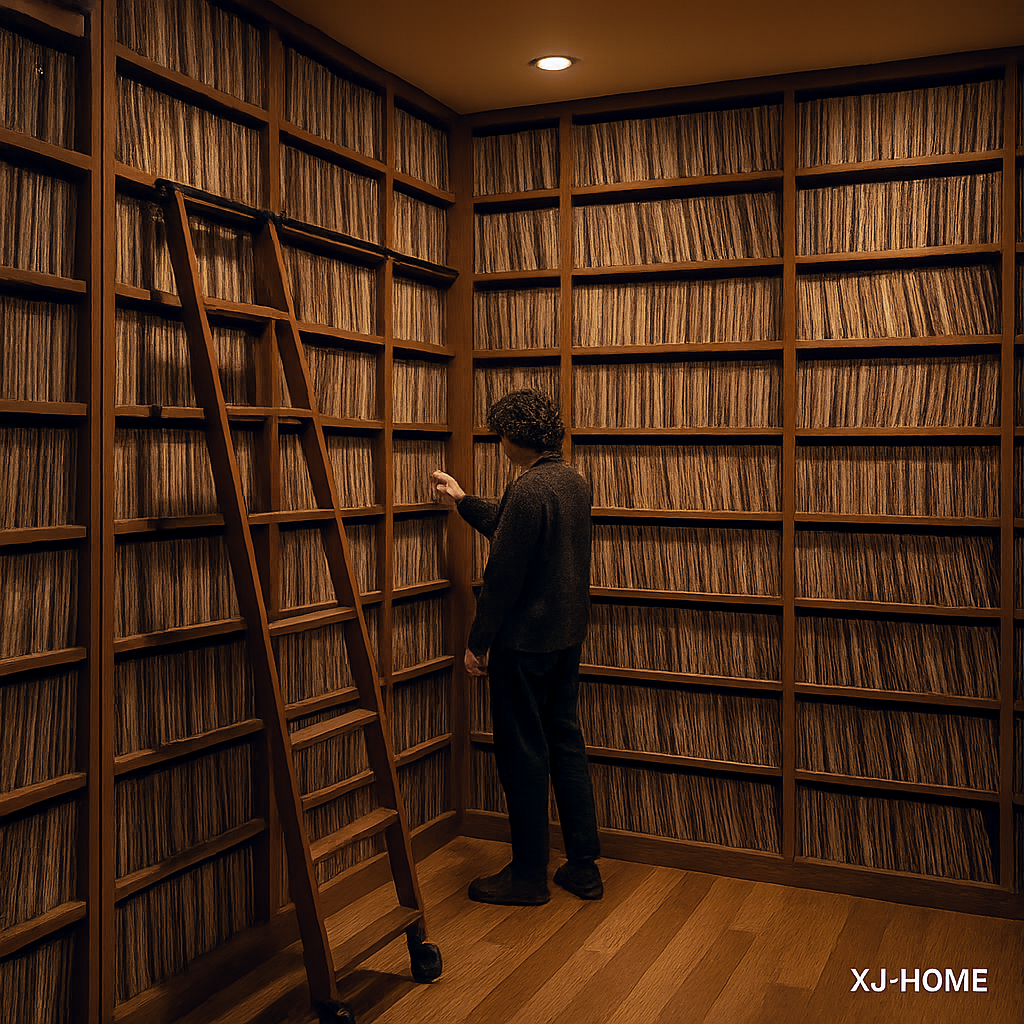The allure of vinyl is undeniable: the large-format artwork, the satisfying ritual of placing needle to groove, and that famously "warm" analog sound. But if you're standing on the outside looking in, the array of potential equipment can seem intimidating and expensive. What do you actually need to get started on your vinyl journey without getting lost in an audiophile rabbit hole (at least, not right away)?
Let's cut through the noise and focus on the core components that will take you from curious newcomer to contented listener. The good news is that a fulfilling vinyl experience doesn't necessarily require a second mortgage.
The Indispensable Trio (with a Crucial Helper)
At its heart, a system to play vinyl records needs to accomplish a few key tasks: spin the record at a consistent speed, read the information in its grooves, amplify that tiny signal, and then turn that amplified signal into audible sound. This translates to a few essential pieces of gear:
-
The Turntable (Record Player): The Star of the Show
This is non-negotiable. The turntable is the device that actually plays your records.
-
What it does: It has a platter that spins the record at a precise speed (usually 33⅓ RPM for LPs or 45 RPM for singles) and a tonearm that holds the cartridge. The cartridge, in turn, houses the stylus (needle) that physically traces the record's grooves.
-
Key Considerations for Beginners:
-
Built-in Phono Preamp? Many beginner-friendly turntables now include a built-in phono preamp (often with a "Line/Phono" switch). This is a huge plus for simplicity, as we'll see next.
-
Adjustable Counterweight & Anti-Skate? As discussed in our Beginner's Buying Guide, these features allow for proper tonearm setup, which is crucial for sound quality and record care.
-
Cartridge Quality: Most decent entry-level turntables come with a perfectly adequate pre-installed cartridge (like an Audio-Technica AT3600L or similar).
-
-
-
The Phono Preamp (Phono Stage): The Unsung Hero
This small but mighty component is absolutely essential. The electrical signal produced by the phono cartridge on your turntable is very, very quiet and has a special equalization (the RIAA curve) applied to it during record manufacturing.
-
What it does:
-
Amplifies: It boosts the cartridge's tiny signal to a standard "line level" that other audio components can work with.
-
Equalizes: It applies an inverse RIAA curve to restore the original tonal balance of the music (boosting bass, taming treble).
-
-
Where you find it:
-
Built into the Turntable: As mentioned, many modern turntables have this. Look for a "Phono/Line" output switch.
-
Built into an Amplifier/Receiver: Many amplifiers and receivers (especially older ones or those aimed at analog fans) have a dedicated "PHONO" input, which means they have an internal phono preamp.
-
External (Standalone) Unit: If neither your turntable nor your amp has a phono stage, you'll need a separate, external phono preamp box. This is also a common upgrade path for better sound later on. Our guide to phono preamps dives deeper into this.
-
-
-
Amplification: Giving the Signal Muscle
Once the signal has been processed by the phono preamp and is at line level, it needs to be amplified further to be powerful enough to drive speakers.
-
Options:
-
Integrated Amplifier: A single component that combines a preamplifier (for input switching and volume control) and a power amplifier. It will have various inputs (AUX, CD, Tape, and hopefully PHONO).
-
Stereo Receiver: Essentially an integrated amplifier that also includes a built-in radio tuner (AM/FM).
-
Powered (Active) Speakers: These speakers have their own amplifier built directly into one or both speaker cabinets. This can be a very neat and compact solution, especially for smaller spaces.
-
-
-
Speakers: Bringing the Music to Life
The final link in the chain. Speakers convert the electrical audio signal from your amplifier into the sound waves you hear.
-
Options:
-
Passive Speakers: These require a separate amplifier or receiver (as described above) to power them. They connect via speaker wire. This is the traditional hi-fi route.
-
Powered (Active) Speakers: As mentioned, these have their own internal amplification. You can often connect a turntable with a built-in phono preamp (set to "Line Out") directly to powered speakers. Our guide on connecting to powered speakers explains this.
-
-
Putting It All Together: Common Beginner Setups
-
Simplest Setup (Turntable with Built-in Preamp + Powered Speakers):
-
Turntable (set to "Line Out") → Powered Speakers
-
This is often the most direct and space-saving way to get started.
-
-
Traditional Component Setup (Turntable + Amp/Receiver with Phono Input + Passive Speakers):
-
Turntable (set to "Phono Out" or no switch) → Amplifier/Receiver ("PHONO" Input) → Passive Speakers
-
Offers great flexibility for future upgrades.
-
-
Using an External Phono Preamp:
-
Turntable (set to "Phono Out" or no switch) → External Phono Preamp → Amplifier/Receiver (any "Line Level" input like AUX) → Passive Speakers
-
OR: Turntable → External Phono Preamp → Powered Speakers (Line Level input)
-
Necessary if neither turntable nor amp has a phono stage, or for an audio quality upgrade.
-
What About Accessories? The "Nice-to-Haves" That Become "Need-to-Haves"
While the above are the absolute electronic essentials, a few accessories are highly recommended from day one for the health of your records and stylus:
-
Carbon Fiber Record Brush: Essential for removing surface dust before each play. A quick sweep makes a big difference.
-
Stylus Brush/Cleaner: Keeping your stylus tip clean is vital for sound quality and longevity.
-
Record Cleaning Solution & Cloths: For deeper cleaning of used or particularly dirty records.
-
Outer & Inner Sleeves: Protective plastic outer sleeves for your record jackets and anti-static inner sleeves for the records themselves help preserve your collection. You can find a wealth of information on record care and preservation from archival sources like the Northeast Document Conservation Center (NEDCC), whose principles often apply to vinyl care.
Don't Forget the Music!
It sounds obvious, but the whole point is to enjoy records! Start with a few albums you love or are curious about. Buying used vinyl can be a very affordable way to build a collection quickly.
Embarking on your vinyl journey is incredibly rewarding. By understanding these core equipment needs, you can assemble a system that brings you joy without unnecessary complexity or expense. At XJ-HOME (https://xenonjade.com), we believe that the connection to music through vinyl is a special one, and helping you get started on the right foot is part of that passion. Happy listening!





Leave a comment
All comments are moderated before being published.
This site is protected by hCaptcha and the hCaptcha Privacy Policy and Terms of Service apply.